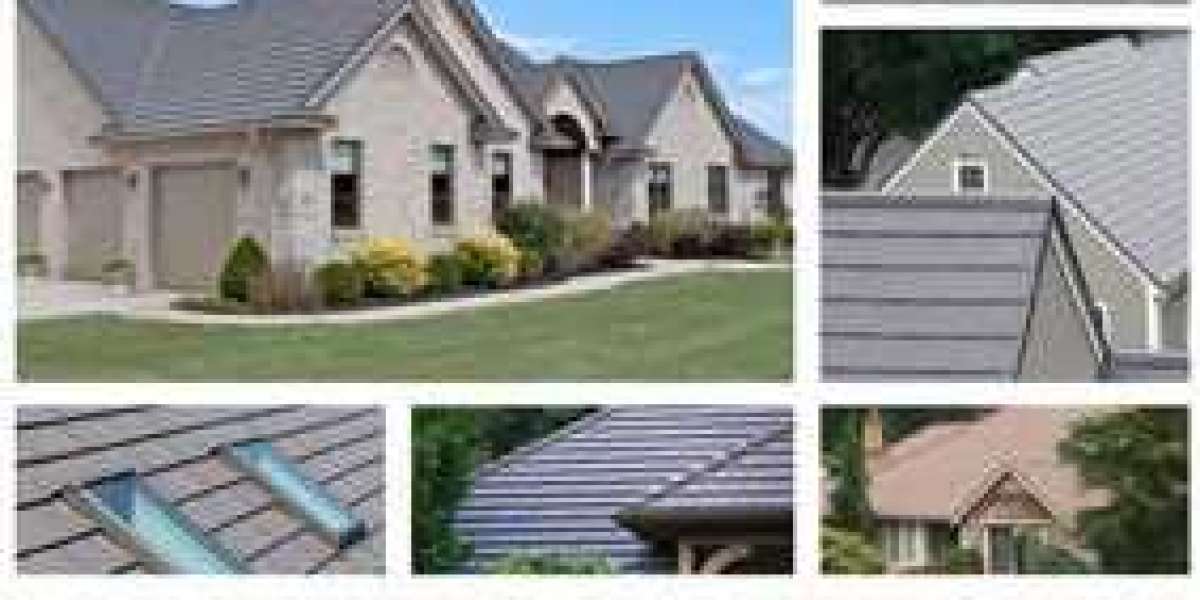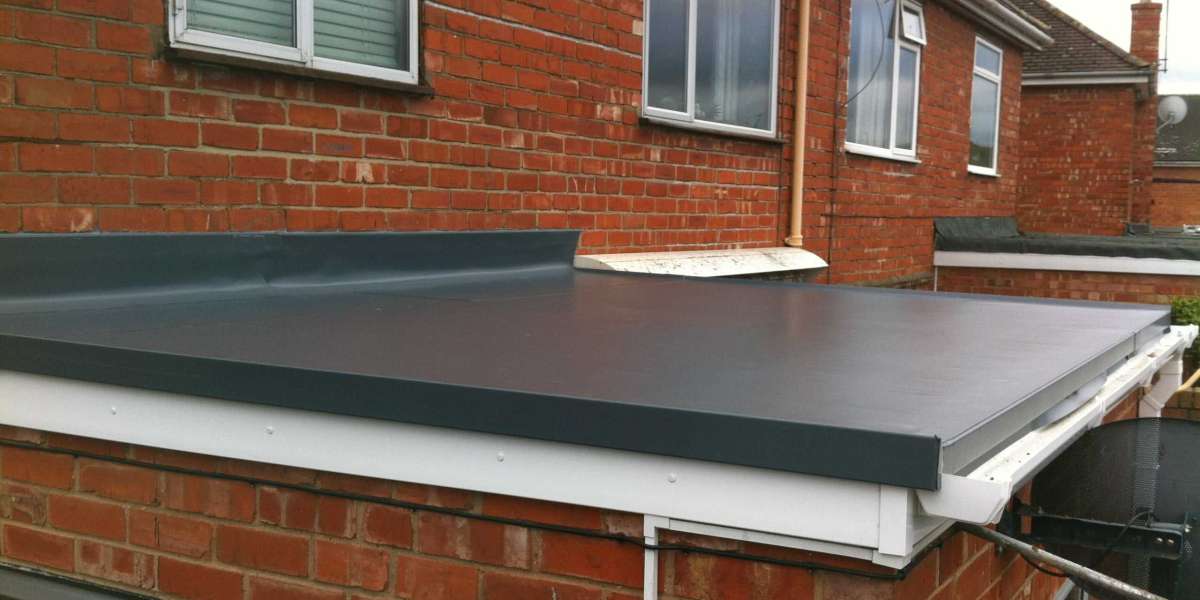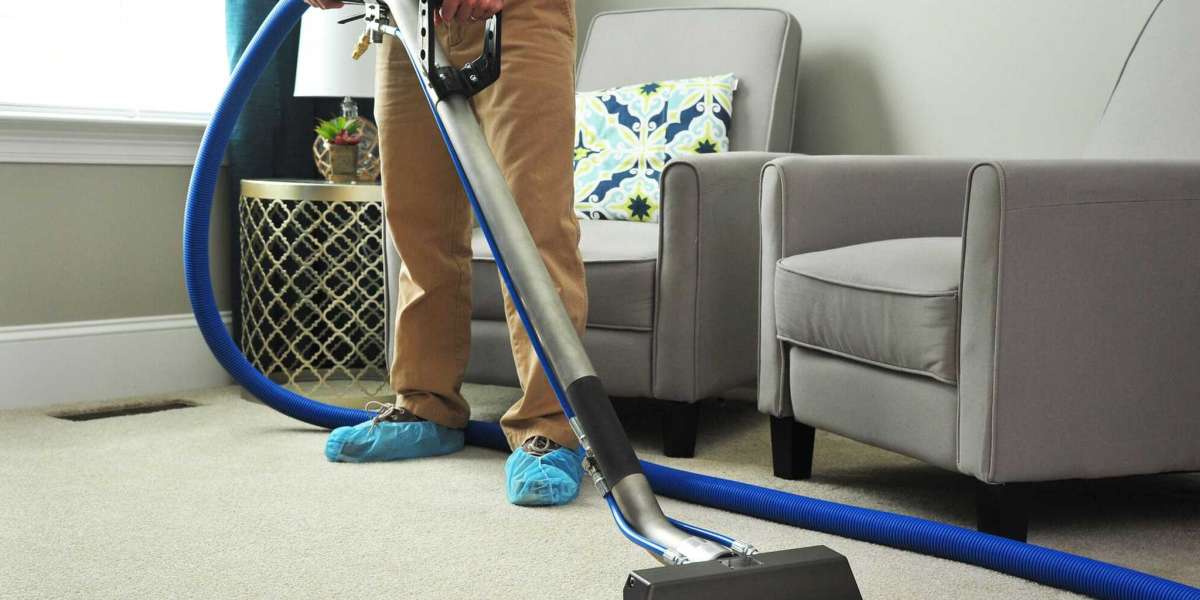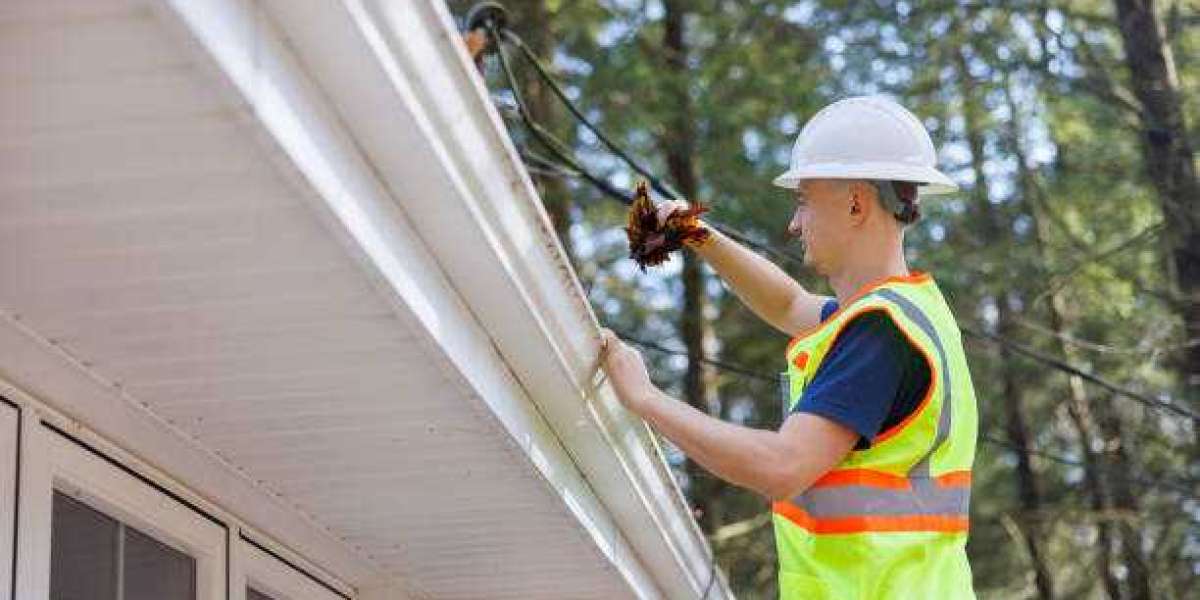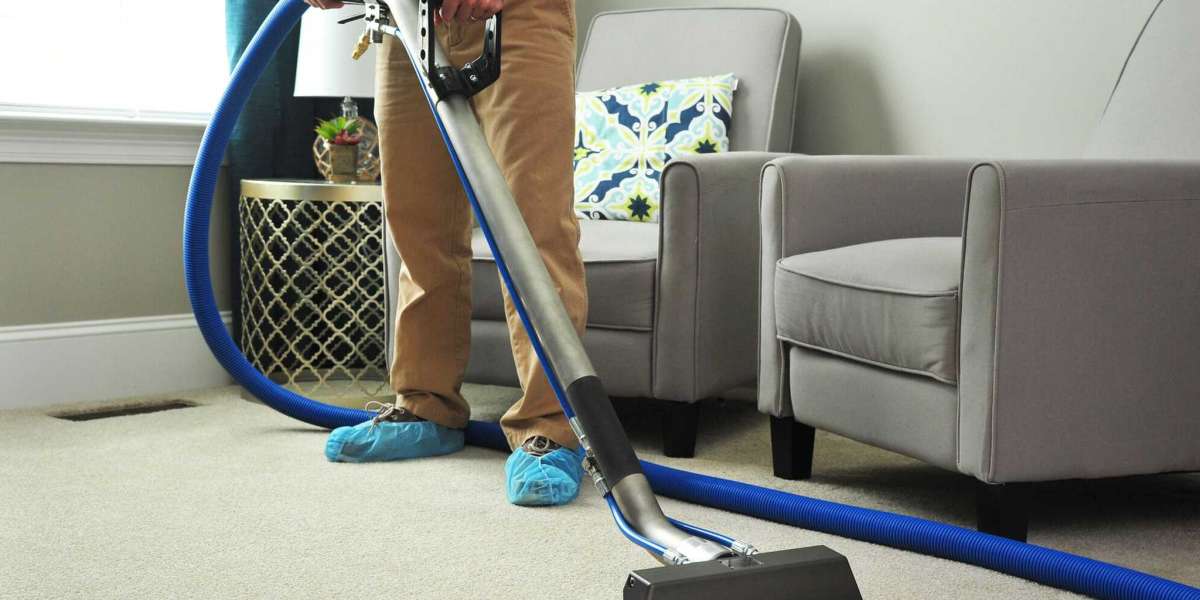While shingles and tiles get all the visual attention, professional roofers know that the true hero of a durable roofing system lies beneath the surface: the underlayment. This critical barrier serves as your roof's last line of defense against water intrusion, wind-driven rain, and ice dams. Selecting the right underlayment isn't a one-size-fits-all decision; it's a strategic choice that must be tailored to your specific climate. This guide from Roofers Blog Spot will equip you with the knowledge to choose an underlayment that ensures maximum protection and longevity for any home.
The primary function of underlayment is to provide a secondary water-shedding layer if the primary roofing material is compromised. However, its performance requirements vary dramatically based on environmental factors. In a hot, sunny climate, UV resistance and heat tolerance are paramount. In a cold, snowy region, resistance to ice and water penetration is critical. For areas prone to heavy rain and wind, tear strength and waterproofing become the top priorities. Understanding how underlayment interacts with other roofing components, including the critical R-value of roofing insulation beneath it, is essential for creating a complete protective system that manages both moisture and temperature effectively.
Understanding the Three Main Types of Underlayment
Asphalt-Saturated Felt (Tar Paper):
The traditional choice, felt underlayment is composed of a mat of organic or fiberglass materials saturated with asphalt. It's breathable, which helps allow moisture vapor to escape from the attic, but it can be prone to tearing during installation and may absorb water over time, leading to wrinkles or degradation.Synthetic Underlayment:
Made from woven polypropylene or polyethylene, synthetic underlayments are increasingly popular among professionals. They offer superior tear resistance, are lighter weight, and often have a slip-resistant surface for safer installation. Most are highly water-resistant and won't degrade when exposed to sunlight for short periods.Rubberized Asphalt (Self-Adhering Membrane):
This is a premium, self-sticking product designed for maximum waterproofing. It's typically used in critical, vulnerable areas of the roof, such as in valleys, around chimneys, and at the eaves (especially in ice dam-prone regions). It creates a watertight seal around nails and is exceptionally effective at preventing water infiltration.
Matching Underlayment to Your Climate Zone
Hot Sunny Climates (e.g., Southwest USA)
Priority: UV Resistance and Heat Tolerance.
Pro's Choice: Synthetic underlayment is ideal here. It can withstand prolonged exposure to sun (a critical factor if roofing work is delayed) without becoming brittle. Its reflective properties can also help keep the roof deck cooler. Felt can dry out and crack under intense, consistent heat.
Cold Snowy Climates (e.g., Northeast USA, Midwest)
Priority: Waterproofing and Ice Dam Protection.
Pro's Choice: A combination approach is best. Use a self-adhering rubberized asphalt membrane on the lower portion of the roof (eaves and rakes) to create an "ice and water shield." For the rest of the roof deck, a high-quality synthetic underlayment provides a durable, secondary barrier against any melted snow that works its way under the shingles.
Wet Rainy Climates (e.g., Pacific Northwest, Southeast USA)
Priority: Water Resistance and Mold Inhibition.
Pro's Choice: Synthetic underlayment is the winner. It won't absorb water like felt can, which prevents it from becoming heavy, wrinkling, or promoting mold and rot on the roof deck. Its high tear strength is also beneficial during installation in often wet and slippery conditions.
Windy Hurricane-Prone Regions (e.g., Coastal Areas)
Priority: Extreme Tear Strength and Waterproofing.
Pro's Choice: A high-strength synthetic underlayment is essential to resist tearing if high winds get underneath the primary roofing material. In the most severe zones, a full roof deck application of self-adhering membrane may be recommended by building codes for ultimate protection against wind-driven rain.
Beyond Climate: Other Critical Selection Factors
Roof Slope: Low-slope roofs require more robust, waterproof underlayment systems compared to steep-slope roofs, where water drains quickly.
Building Codes: Always check local building codes, which often mandate specific underlayment types, especially for ice dam protection (e.g., requiring ice and water shield on the eaves).
Roofing Material: The choice of final roofing material can influence underlayment selection. For instance, a heavy material like clay tile requires a durable underlayment that can support the weight during installation and won't tear easily.
Pro Tips for Installation and Longevity
Proper Overlap: Follow manufacturer instructions for side and end laps meticulously to ensure a continuous barrier.
Fasteners: Use the correct type and number of fasteners to secure the underlayment, preventing billowing in the wind.
Ventilation: Remember that a roof is a system. Proper attic ventilation is crucial to prevent moisture buildup that can condense on the underside of the underlayment and decking, regardless of the product you choose.
Frequently Asked Questions (FAQs)
Q1: Can I use synthetic underlayment over an existing roof?
A: When re-roofing, you must install new underlayment directly onto the roof deck. You cannot properly secure new underlayment over old shingles. The existing roofing material must be removed first.
Q2: How long does roof underlayment last?
A: Underlayment is designed to last for the duration of the roof's lifespan, but it is not intended for permanent exposure. If the primary roofing material is removed, the underlayment must be replaced. Synthetic underlayments generally have a longer service life than felt.
Q3: Is felt or synthetic underlayment better?
A: For most modern applications, synthetic is considered superior due to its strength, water resistance, and lighter weight. However, felt is still a code-compliant option and may be chosen for specific situations or budget constraints.
Q4: What is the purpose of the white grid on some synthetic underlayments?
A: The grid provides alignment guides for installers, ensuring consistent shingle courses and proper overlap of the underlayment itself, leading to a more precise and watertight installation.
Q5: Do I need ice and water shield on my entire roof?
A: It is generally not necessary unless required by local code for extreme conditions. It is most commonly and effectively applied to the most vulnerable areas: the eaves, valleys, and around all penetrations like vents and chimneys.
